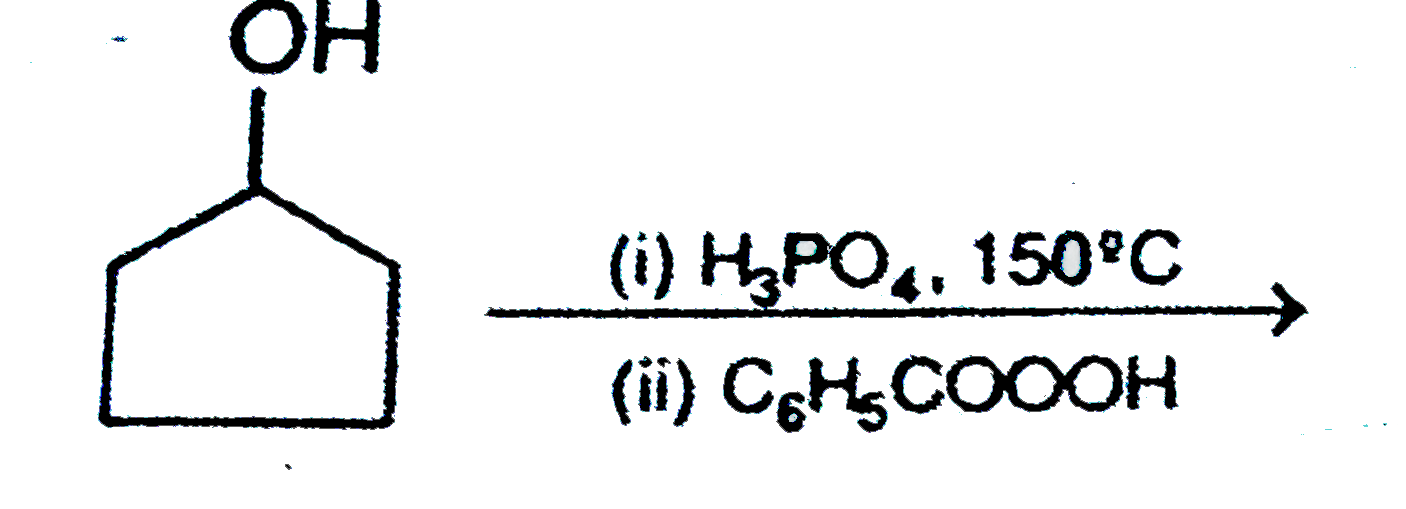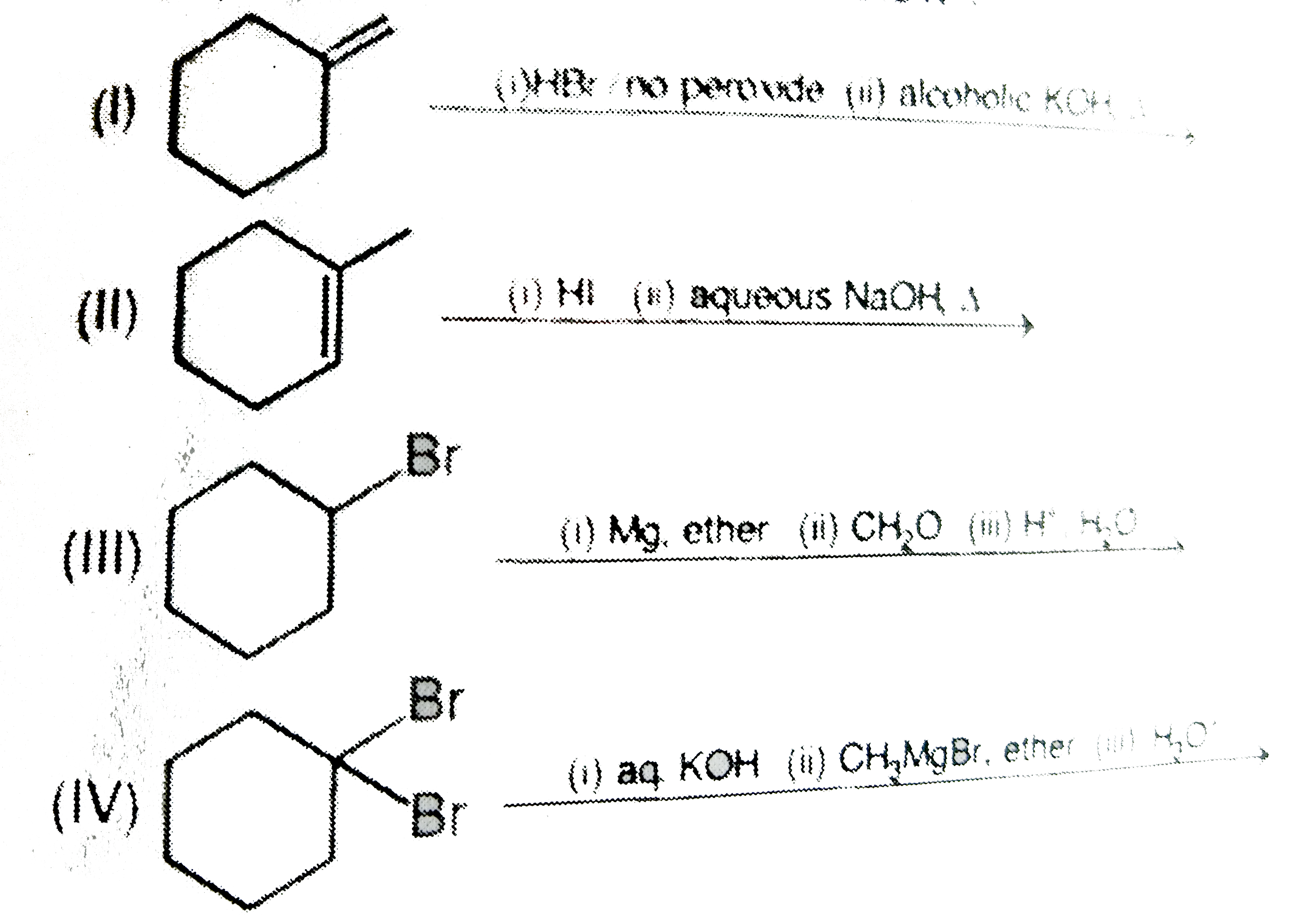Complete Solutions to APSP PART-2 of chapter ORGANIC REACTION MECHANISMS-IV of Class 11 book with complete answers and questions
| Class 11 | CHEMISTRY |
| Chapter | ORGANIC REACTION MECHANISMS-IV |
| RESONANCE NEW | APSP PART-2 |
| Number Of Questions | 17 |
| Academic Year | 2023-24 |
An alkyl bromide produces a single alkene when it reacts with sodium ethoxide and ethanol. This alkene undergoes hydrogenation and produces 2-methylbutane. What is the alkybromide ?
View SolutionWhich of the following most readily undergoes `E_(2)` elimination with a strong base?
View SolutionAn alkyl chloride produces a single alkene on reaction with sodium ethoxide and ethanol. The alkene further undergoes hydrogenation to yield 2- methylbutane. Identify the alkyl chloride from amongst the following
View SolutionOn heating glycerol with conc. `H_(2)SO_(4)` ,a compound is obtained which has bed odour. The compound is
View Solutionn-propyl bromide on treatment with ethanolic potassium hydroxide produce
View SolutionThe peroxide effect occurs by :
View SolutionAcid catalysed dehydration of 2-pentanol would give
View SolutionThe major product formed in the following reactions is :

View SolutionArrange the following compounds in order of decreasing reactivity in the elimination (bimolecular ) reaction with `C_2H_5ONa`

View SolutionCompound X on treatment with HI give Y, Y on treatment with ethanolic KOH gives Z (an isomer of X). Ozonolysis of Z (with `H_2O_2` workup) gives a two -carbon carboxylic acid and four carbon ketone . Hence, X is :
View SolutionThe major product of the following reactions is :

View Solution
The carbanion expels a leaving group LG to yield an alkene as shown above by
View SolutionThe compound that is most reactive with alcoholic KOH is
View SolutionFour processes are indicated below :

The processes that do not produce 1-methylcyclohexanol are
View Solutionn-Butylcyclohexane is formed through the following sequence of reactions.

In the above scheme of reactions, "X" is -
View SolutionAn alkyl halide (X) on reaction with ethanolic sodium hydroxide forms an alkene (Y) which on further reaction with HBr gives the same alkyl halide.The alkene (Y) on reaction with HBr/ peroxide followed by reaction with Mg metal followed by reaction with HCN produces an aldehyde (Z).Z is :
View SolutionSpodoptol, a sex attractant, produced by a female fall armyworm moth, can be prepared as follows. The structure of Spodoptol is (`pK_a` : terminal alkynes `~` 25, alcohols `~` 17)

View Solution
APSP PART-2 questions and complete solutions for chapter ORGANIC REACTION MECHANISMS-IV of RESONANCE ENGLISH of Class 11